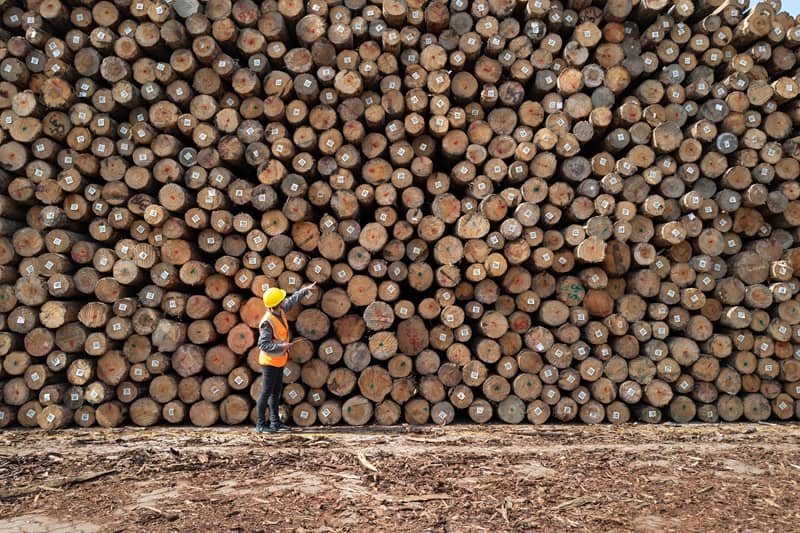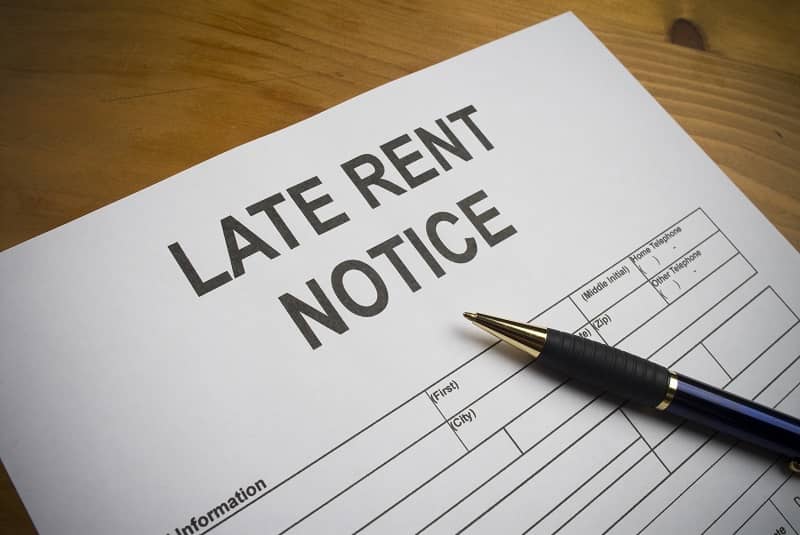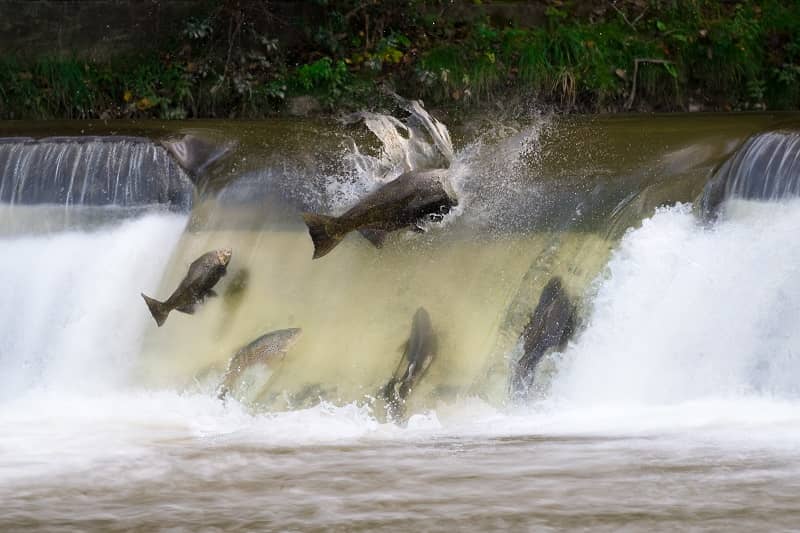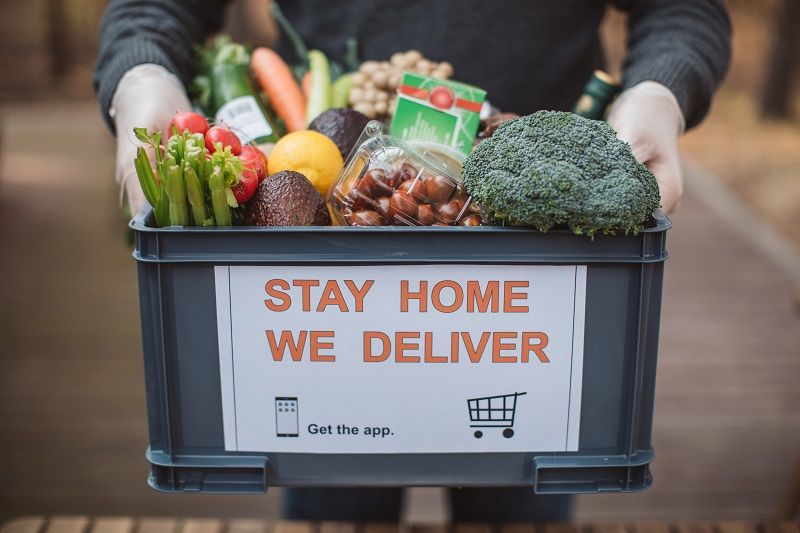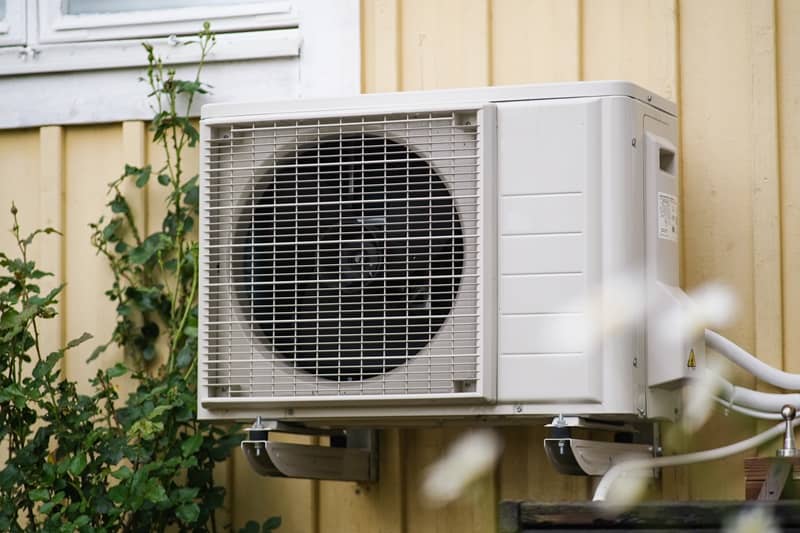By Madilynne Clark
Over-promising and under-delivering has been the habit of Oregon Department of Forestry (ODF) for decades, with businesses, counties, and towns struggling to weather the financial hardships of ODF’s inconsistent timber sales. House Bill 3103 with the -1 amendment seeks to address these concerns by requiring ODF to establish sustainable harvest levels (SHL) on state forest land and offer timber for sale at the SHL.
According to the Council of Forest Trust Land Counties, in the 1930s and ’40s, thousands of acres were in county ownership due to abandonment and foreclosures. By 1939, the land in county ownership was over two million acres. Because they weren’t privately owned, the counties were not collecting property taxes, and forest fires had destroyed large amounts of income potential.
Counties were at a crossroads, deciding if it would be prudent to sell the land and place it on tax rolls (with the risk of future foreclosures) or to keep the land under local public ownership. In the 1940s, the Oregon State Legislature worked with the counties to create another alternative where the lands would be held in trust by the state Board of Forestry. Contracts would be established with counties to share the revenue from timber sales. Fifteen counties deeded their lands to the state under this mechanism.
Millions of dollars were expected to be generated from this arrangement, with the 1979 estimate placing the value between $75 to $100 million annually. Of this, 63.75% would go to the county and 37.25% would remain with ODF to cover land management costs: a fantastic arrangement for funding county operations, special districts, and K-12 education in rural Oregon communities—only if ODF provided a level of certainty to the process.
In recent decades, uncertainty is the best descriptor for ODF’s timber harvest sales projections. Fluctuating by millions of feet, lumber companies relying on the sales of these forest products are having to make do on a lot less. This has led to the loss of jobs and businesses and reductions in funding to counties, schools, and special districts.
On March 3, Dave Kunert, Vice President of Resources for Hampton Lumber, testified before the House Committee on Agriculture, Land Use, Natural Resources, and Water saying:
Going all the way back to 2001, ODF told the public that the Tillamook and Clatsop State Forests could annually produce 279 MMBF, but after Board of Forestry approval, management plans unexpectedly dropped the harvest levels to 176 MMBF….
And in 2018, this trend continued with the development of a habitat conservation plan that ODF originally said could annually produce 247 MMBF of timber, with harvest levels increasing over time – but now ODF is only planning for 182 MMBF for the entire state forest land base which includes much more than just the Tillamook and Clatsop state forests.
ODF’s failure to produce the volume they promised has come at the expense of rural Oregonians and timber-dependent communities. Those of us whose businesses and budgets depend on state forests have been asking ODF for years to explain how this keeps happening. It’s been tough to get a straight answer.
HB 3103 with the -1 amendment gives this straight answer. This legislation holds ODF accountable to the businesses and counties benefiting from timber sales. This bill does not require increases in logging, nor does it ignore changes in forest health.
HB 3103-1 requires ODF to create five-year projections on Sustainable Harvest Levels (SHL) by December 31, 2026, and to offer one-fifth of this timber for sale annually. If there is a deficit in volume from the previous year, that will then be added to the volume of the following year. The proposal also accounts for exceptions due to changing forest dynamics resulting from wildfire, disease, and pests. HB 3103 also grants standing for those receiving funds from state timber sales, to sue ODF if the SHLs are not published or met.
After years of wildfires decimating public lands, Oregon needs to adopt effective practices preventing catastrophic fires. One of these tools is sustainable harvesting and holding ODF accountable to the people and communities relying on state timber sales. Michael Eliason of Oregon Forest Industries Council said, “The reality is, based on past practice and experience, there has to be some level of accountability or else this is simply a symbolic piece of legislation that won’t be complied with at all.”
HB 3103 was referred to the Ways and Means Committee with a “Do Pass with Amendments” recommendation. In a state with some of the most stringent timber harvest regulations worldwide, unpredictable harvest levels will cause end-users to import and consume timber from less regulated regions.
Oregon timber is harvested responsibly, but the only way to ensure the environmental priorities of Oregonians are impacting the timber industry is by creating a consistent supply of Oregon timber products. HB 3103 provides predictability and accountability to the industry and to communities dependent on forest products, while ensuring that responsibly grown Oregon timber enters the market space to offset the larger carbon footprints from imported timber products.
Madilynne Clark is a Policy Analyst at Cascade Policy Institute, Oregon’s free market public policy research organization.
